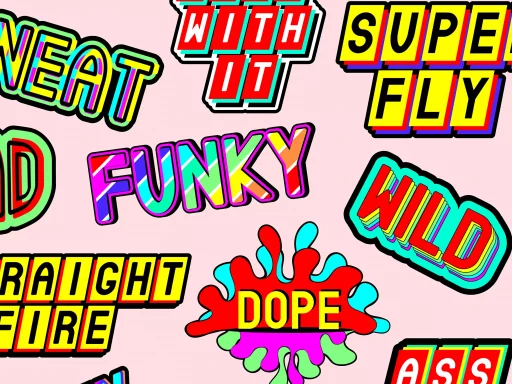What is Code Switching?
Code switching refers to the practice of alternating between two or more languages, dialects, or speech styles depending on the social context. It is a phenomenon most commonly associated with bilingual speakers but can also encompass shifts in tone, style, and even body language based on the audience. This dynamic communication skill allows individuals to express their identities, navigate social expectations, and connect with diverse groups of people.
The Role of Urban Dictionary in Defining Code Switching
Urban Dictionary serves as a crowdsourced online dictionary that captures the evolving nature of language, particularly slang and cultural expressions. Its definitions of code switching reflect not only linguistic shifts but also cultural context. Here are some examples:
- Urban Dictionary Entry 1: “Code switching is when you change the way you talk based on who you’re around. Like how you might speak differently to your friends than to your boss.”
- Urban Dictionary Entry 2: “When you’re a person of color, you might code switch to fit into predominantly white spaces.”
Why Do People Code Switch?
The motivations behind code switching can be as varied as the contexts in which it occurs. Here are some common reasons:
- Social Acceptance: Many individuals code switch to fit in or gain acceptance within different social or professional groups.
- Cultural Identity: Code switching can serve as a way to assert or navigate cultural identity. For example, a bilingual speaker might alternate between languages to connect with different aspects of their heritage.
- Professionalism: In workplace settings, people often adopt a more formal speech style or jargon to convey competency.
- Emotional Expression: Switching codes can also be a way to convey different emotions, which might be better expressed in one language over another.
Statistics on Code Switching
While specific statistics on code switching can be challenging to pinpoint, several studies provide insights into its widespread occurrence:
- According to a survey by the Pew Research Center, approximately 25% of bilingual Americans reported using two or more languages in conversations, showcasing the practical application of code switching.
- A study published in the International Journal of Bilingual Education and Bilingualism found that 56% of bilingual speakers regularly code switch, influenced largely by their social environment.
Case Studies: Code Switching in Action
To better understand how code switching manifests, let’s explore a couple of case studies:
Case Study 1: The Workplace
Consider Maria, a bilingual Latino professional working in a multinational corporation. In meetings with her colleagues, she often speaks in English, using corporate jargon. However, when she interacts with her family, she seamlessly switches to Spanish, incorporating cultural references and familial terms that resonate profoundly with her loved ones. This code switching allows Maria to navigate her professional environment while staying connected to her roots.
Case Study 2: Social Media and Online Gaming
In the realm of online gaming, players often code switch to establish connections with diverse groups. For example, Jamal, an African-American gamer, might use African American Vernacular English (AAVE) in voice chats with friends. However, in public forums, he switches to a more standardized form of English to avoid stereotypes and foster inclusivity. His shifting language enhances group cohesion while also staying sensitive to the larger gaming community.
Implications of Code Switching
Code switching is not without its controversies. Critics argue that it can perpetuate stereotypes or indicate inauthenticity, particularly when individuals feel pressured to alter their speech. Others assert that code switching can be empowering, providing a toolkit for navigating complex social dynamics.
Ultimately, code switching is a linguistic adaptation that mirrors the fluid nature of identity and culture. It highlights the importance of context in communication and the social complexities of language use.
Conclusion
As language continues to evolve, understanding concepts like code switching is crucial in appreciating the diversity of human communication. Whether in professional settings, social interactions, or virtual environments, code switching serves as a powerful tool for individuals to express their identities, connect with others, and navigate varying social landscapes. By examining terms from sources like Urban Dictionary, we can gain insight into the intricate relationship between language, culture, and identity.






